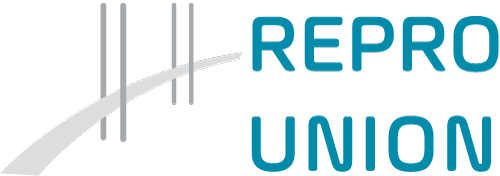On the 4th of August Nature published the findings from a global collaboration of scientists, who have identified nearly 300 gene variations that influence reproductive lifespan in women. This can lead to potential new targets for fertility treatments as well as ways to improve the prediction of early menopause.
“The average age of Danish women having their first child has risen from 23 to 29 over the past 60 years. This means that more people need fertility treatments such as IVF, which are expensive and stressful. Many women need to go through multiple cycles of treatment because the hormonal treatment does not always work. Our research has identified exciting new targets that could lead to improved fertility treatment,” says one of four co-leaders of the study, Professor Eva Hoffmann in a news release from the Faculty of Health and Medical Sciences, University of Copenhagen.
The researchers studied genetic data from 200,000 women of European ancestry and found 290 genetic variations linked to reproductive lifespan. “We found five times as many genetic factors than were known previously,” said study author Dr John Perry from the University of Cambridge to the Guardian. “In terms of what we know about the genetics of menopause, it’s a huge leap forward.”
One of the key aims of the study was to help predict a woman’s natural fertility window. “There are some tests that can measure hormones that indicate if a woman has a low ovarian reserve but by the time it is detected the decline has already begun – there’s no long-term predictor of when the decline will begin,” said John Perry. Further research could help identify some women who are at relatively high risk compared with others, he added. “Ultimately, what we’re working towards is this sort of predictive test where you could analyse someone’s DNA, and then try to infer what their natural fertility window would be … then women can make more informed reproductive choices,” concluded Dr Perry in the Guardian article.
The news was also featured by NewScientist and BioNews where you can find a list of further sources and references.

